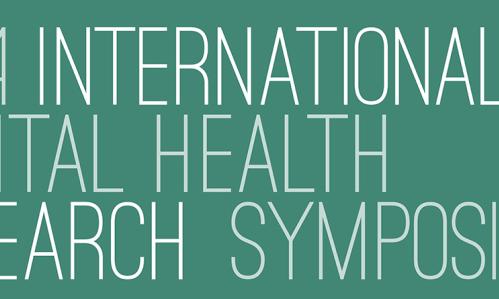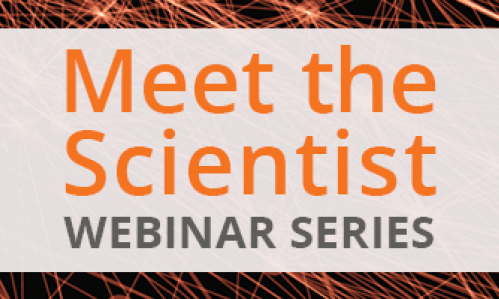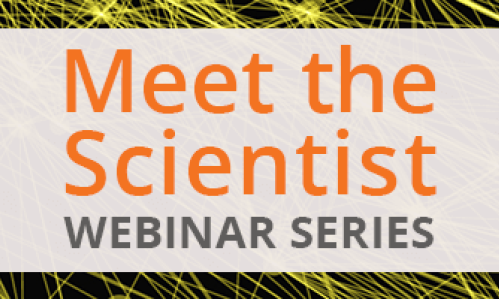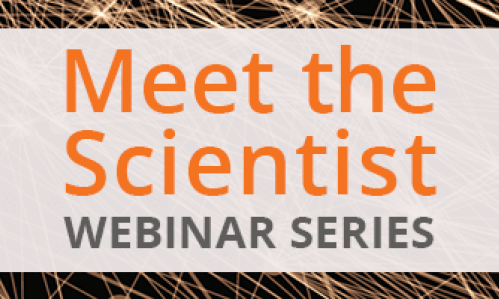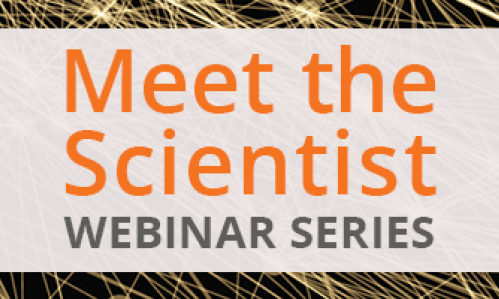Frequently Asked Questions About Addiction
Frequently Asked Questions About Addiction
Scientists say no single factor can predict whether a person might become addicted to drugs. But they think about half of the risk of addiction may come from a person’s biology and the other half from his or her environment. Some of the environmental factors that could make addiction more likely, especially among teens, include a lack of family involvement, the availability of drugs at school or in the home, or spending time with friends or family who use drugs. Smoking or injecting a drug also increases the risk of addiction, possibly because these methods have the quickest impact on the brain and body. The earlier a person begins using a drug, the more likely he or she is to become addicted. People with anxiety, depression or other mental health disorders such as attention-deficit hyperactivity disorder (ADHD) and post-traumatic stress disorder (PTSD) also have a higher risk of drug addiction.
More recently, researchers have identified specific genes that influence a person’s risk of addiction. For instance, Scientific Council member Wade Berrettini of the University of Pennsylvania led a research team in 2014 that uncovered rare variations of a gene that reduced the risk of heroin and cocaine addiction among some people.
It’s not uncommon for a person with a drug addiction to have another mental illness, but scientists say it’s difficult to know whether addiction is the cause of the mental illness, or whether people with mental illnesses turn to drug use to “self-medicate.” It’s also likely that some of the same genes and brain regions involved in addiction are also involved in other brain and behavior disorders, such as schizophrenia and depression.
Several studies show that in some cases marijuana can produce psychotic symptoms similar to those experienced by people with schizophrenia.
No. Although marijuana is not as addictive as alcohol or nicotine, nine percent of those who have tried marijuana at least once will become addicted to the drug. Researchers who analyzed 20 years’ worth of marijuana studies concluded that one in ten people worldwide who try the drug will become addicted. Marijuana was the illicit drug with the largest number of persons with past-year dependence or abuse in 2013, followed by pain relievers and cocaine. Of the almost seven million persons aged 12 or older who were classified with illicit drug dependence or abuse in 2013, more than four million had marijuana dependence or abuse (representing 1.6 percent of the total population aged 12 or older).
The past 15 years of imaging studies have shown that there are more types of brain circuitry involved in addiction than researchers previously thought. For instance, these studies have shown that drugs such as cocaine can impair parts of the brain involved in problem solving, reasoning, and planning. As a result, scientists have looked for ways to strengthen these circuits in people at risk for addiction—for instance, through behavioral methods aimed at improving executive function and decision-making. Imaging studies also show that some of the brain circuits involved in addiction are impaired in mental illnesses such as depression and schizophrenia. Saleem M. Nicola, Ph.D., of Albert Einstein College of Medicine, a NARSAD Young Investigator Grantee, and NARSAD Independent Investigator Alan I. Green, M.D., of Dartmouth Medical School are among the researchers using this information to explore whether medications used to treat these mental illnesses could aid the development of new treatments for addiction.
Opioids are a class of drugs most often used to reduce pain, by acting on opioid-sensitive receptors or chemical “docking ports” in the nervous system. These drugs can also produce a feeling of euphoria. Prescription opioids include medicines such as morphine, oxycodone (OxyContin), and hydrocodone (Vicodin), and the synthetic drug Fentanyl, which is most often prescribed for severe pain such as that experienced by terminal cancer patients. Heroin is an example of an illegal opioid drug.
The U.S Department of Health and Human Services estimates that in 2016, 11.5 million Americans misused prescription opioids and 948,000 Americans used heroin. There were 17,087 deaths resulting from prescription opioid misuse and 15,469 heroin overdose deaths in that same year.
The connection between prescription opioid and heroin addiction has changed over time, according to several studies. In the 1960s, more than 80 percent of patients who sought treatment for an opioid addiction began their drug use with heroin. Today, nearly 80 percent of heroin users say that their first opioid use was a prescription drug.
There are several possible reasons for the recent increase in prescription opioid abuse, according to National Institute of Drug Abuse Director and BBRF Scientific Council Member Nora D. Volkow, M.D. In her 2014 testimony before Congress, Dr. Volkow cited a drastic increase in opioid prescriptions filled; greater acceptability among the public for opioid medications being used for several purposes; and aggressive marketing of opioid drugs by pharmaceutical companies as reasons for crisis levels of opioid abuse. The number of prescriptions has increased from 76 million in 1991 to almost 207 million in 2013, she testified.
According to an annual survey of 8th, 10th and 12th –graders nationwide, pain medication misuse has dropped from 9.5 percent in 2004 to 4.2 percent in 2017. 35.8 percent of 12th-graders in 2017 said that the drugs were “easily available” to them, compared to more than 54 percent in 2010.
There is a growing consensus that opioid addiction should be treated with medications along with counseling, and that counseling alone may not be effective in preventing drug overdose and death. Medication treatment uses drugs, such as methadone, buprenorphine (Suboxone, Subutex), and naltrexone (Vivitrol). In essence these drugs substitute for the opioid and are prescribed to reduce opioid dependency and to prevent death by overdose. The length of the treatment course varies depending on how well a patient tolerates the medication, the type of substitute medication, and whether the patient relapses during treatment, but can run from 90 days to several years.
Donate Now
Donations are welcome





